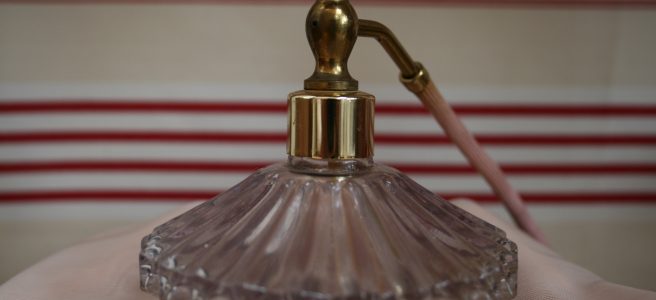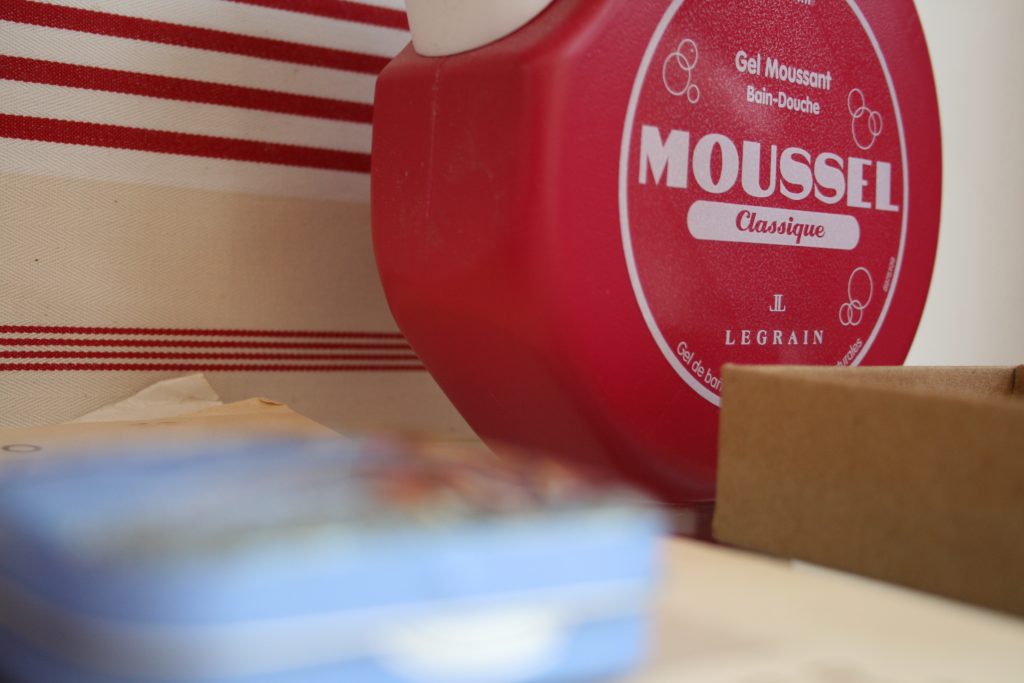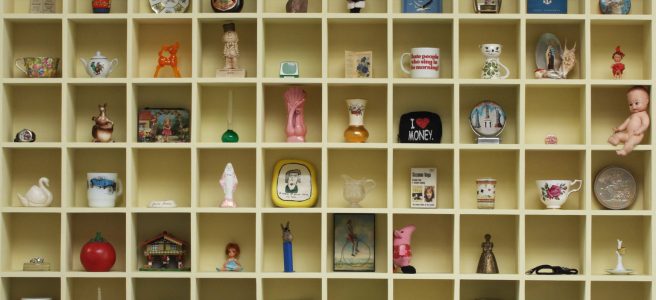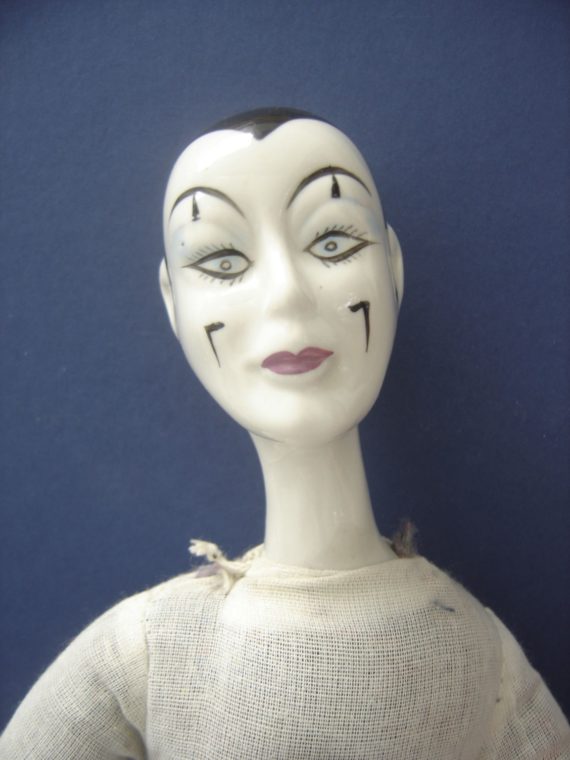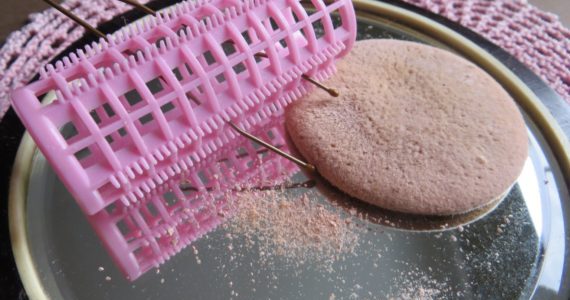October 10th, 2018 marked ten years since I first presented 10×10.
10×10 started its journey as part of Deptford X fringe festival in 2008. Ten years on, my intention was to return to the Art Hub studio space in Deptford, SE London, the venue where it was first launched. It was all set for 10×10 to be a part of this year’s Deptford X fringe events – opening up the cabinet of objects for further exchanges and even hoping to reconnect with people who had been at the very first exchange event in 2008. Sadly, due to a two week stay in hospital (the result of a severe ear infection which spread to the bone) followed by an ongoing convalescence period, none of this was able to happen.
In spite of the deep disappointment I feel about having to cancel (not just the Deptford X exchange, but all sorts of other plans), I’m happy that today on the 10 year anniversary of 10×10, I’m at least able to focus on writing and updating some of the narrative associated with the events and exchanges of the past 10 years.
10×10 responded to a call for artists to make work answering to the theme of barter and trade. I gave up 100 objects which were precious to me and invited people to take one, leaving an object of their own in exchange.
Throughout the past ten years I’ve taken 10×10 to a number of venues – Lewisham College, Herne Bay and Whitstable museums, the Stade Hall in Hastings and the First Site gallery in Colchester. Participants were asked to share the stories behind the objects they left behind if they wanted to, but there was no obligation to do so. I’ve collected some amazing stories associated with some of the exchanged items over the past decade; I’m looking forward to writing them up and sharing them one of these days.
The concept of exchange was particularly pertinent in the year 10×10 was launched: 2008 is a year synonymous with one of the biggest financial crises in global history. In the wake of a monumental financial crash, top banks & financial companies folding, I posed the question: how long would it be until people resorted to bartering?
The very act of bartering adds an emotional reality to the process of exchange that currency somehow lacks. ‘What is an object worth to you? How much do you want it and what are you prepared to give up in return?’ are among the questions I asked.
10×10 is about letting go, and exploring the powerful associations that we sometimes project onto objects and the emotional attachments we make to them. It is also about human nature and our response to being challenged away from a monetary system to one of exchange and barter. ‘Would it be people’s generosity or meanness that triumphed when it came to the value of the objects that were bartered? Would the piece be ‘worth more’ at the end of the process?
10×10 was once described as ‘a comment on humanity.’ It has been fascinating to witness the various ways people have responded to the exchange process. Overall, humanity has come out of it pretty well. Other than a restriction on size, people are allowed to leave whatever they want and for the main part, people have responded with great generosity and thoughtfulness. There’s always the odd ‘rebel’ of course, but it was interesting to witness the peer group pressure faced by participants who decided to ‘have a laugh/take the piss’ – call it what you will. Like I said, there are no hard and fast rules, other than that the object had to fit in the space provided within the cabinet.
I remember one particular young man who spoke out loud his intention to leave a 10 pence piece in exchange for a vase that caught his eye. He told his friend: ‘My Mum would like that and it’s Mother’s Day on Sunday – that’s a good, cheap present.’ He was overheard and observed by a group of people interacting with the objects in the cabinet as he began to make the exchange. They were quick to voice their disapproval – ‘you can’t do that’- ‘show some respect’ – ‘cheapskate’ and so on. I can’t remember exactly how much he left in the end, but it was way and above 10 pence. It was interesting in itself to me that money started to creep in as an object for exchange. I was never over enamoured with £s and pence being introduced, but I decided at the outset that I wasn’t going to police what went in and out of the cabinet.
Things aren’t always what they seem, of course – quieter, more subtle exchanges have taken place. Many on the surface, have appeared quite straightforward and uncluttered by any sort of narrative. But dig deeper and it often transpired that an object left in the cabinet was in fact, highly emotionally charged. A real diamond bracelet was left behind on the first launch night of 10×10, for example. It was an exchange that might have gone unnoticed had the person who left it not written in the ledger book I always invite people to write in, should they want to. In the event, this message was left: ‘This bracelet was given to me by …. perhaps one day I will tell the tale …’
It’s a classic example of the concept around value and worth: genuine diamonds and their actual monetary value, versus the emotional worthless-ness of the bracelet to this particular person at this particular point in time. In contrast, a seemingly ‘worthless’ object in the shape of a small candle stub was left in the cabinet. It was exchanged for a pristine new candle by an international student on a tight financial budget. He told me he used candlelight in his bedsit room in order to save on electricity costs – a practical, pragmatic exchange.
Friday 10th October 2008 as I said, was the date I first launched 10×10. I had no idea when I did so, how things would turn out. There are many accounts (both oral and written) of what specific objects have meant/mean to specific people along the way. As well as the actual objects that people have brought along, it’s the narrative behind them that has also been a real source of fascination for me. I’m looking forward to fully documenting the stories associated with a decade of 10×10 in the future. But for now, on the 10th anniversary of starting 10×10, I’m pleased to feel well enough to at least acknowledge the date – 10/10 from 10am – 10pm – a decade ago, when my twin sons were 10 and my Nana reached the grand age of 100 years.
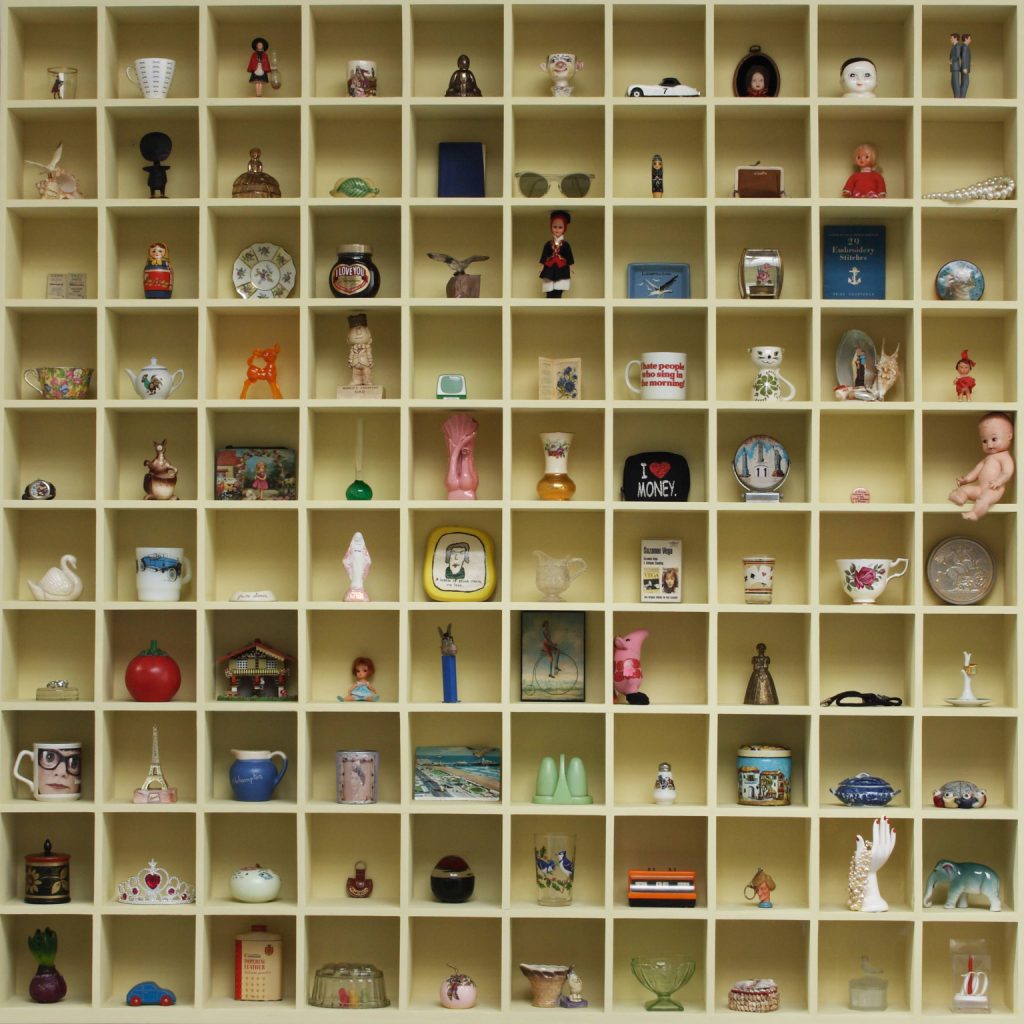
10×10 – the original 100 objects.
Like this:
Like Loading...
